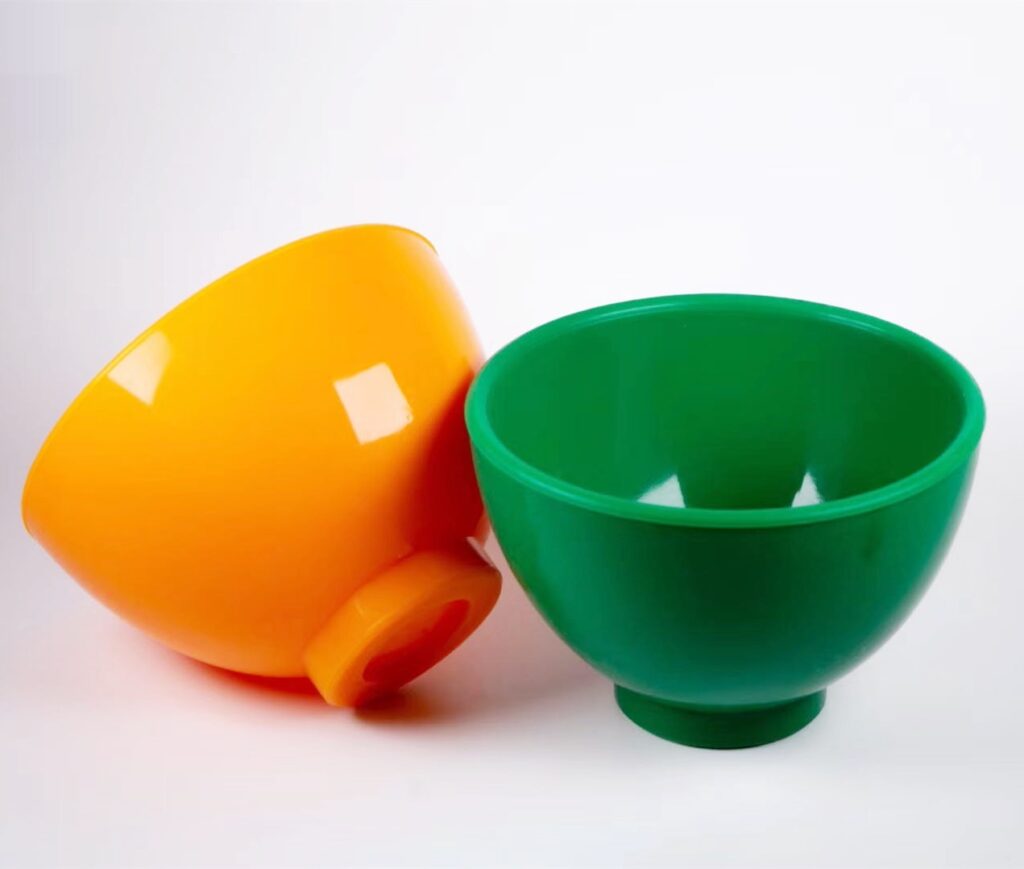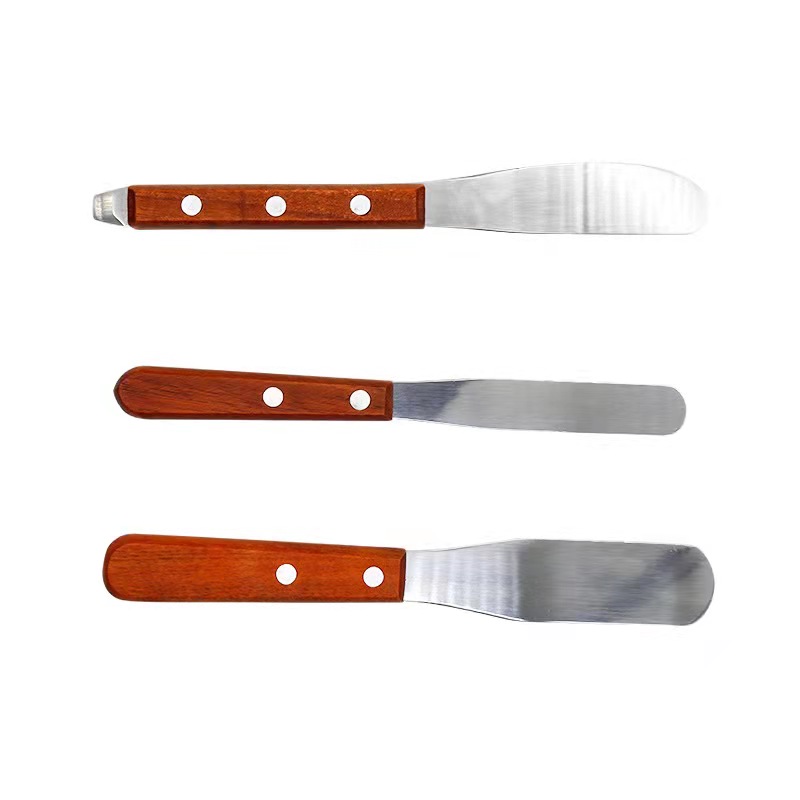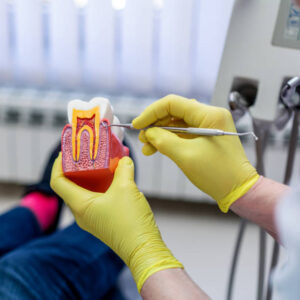A dental impression is a negative replica of oral structures. The perfect impression technique and utilization of high-quality equipment are necessary to achieve optimal retention. There are various materials used for the impression of dental structure. The mixing of impression material is critical and technique sensitive. A correct proportion of dental mixing material is essential for a flawless impression.
Ideal characteristics of impression materials:
An accurate and detailed impression is the first step in providing a patient with a comfortable and functional rehabilitation. The following characteristic demonstrates an ideal impression material.
- Ideal impression material should also be able to reproduce fine details, have good tear strength, and not distort when removed from the mouth.
- It must be biocompatible, non-toxic, and have a pleasant odor and flavor.
- The other desirable features are long working time, short setting time and long shelf life.
- The material should be economical and readily available.
- It can be easily disinfected without any loss of surface details.
Mixing systems for impression materials
If high-quality impressions are to be obtained, the components must be mixed in the correct ratio and quickly, ensuring a homogeneous mix free of air bubbles.
Hand Mixing Technique
The hand mixing technique is the initial method for impression mixing. In the hand mixing technique, a bowel and spatula are used. A measured quantity of powder and liquid is added, and a uniform motion mixes the impression content. The main disadvantage of the hand mixing technique is the inadequate mixing ratio caused by the unequal amount of base and catalyst.
Auto mix systems
These are the most recent self-mixing systems that dispensed a uniform amount of mixing material. The dispensing system refills cartilage in different quantities. Cartridges are constructed with two independent outlets to prevent premature contamination, which is a significant product benefit for cartridges.
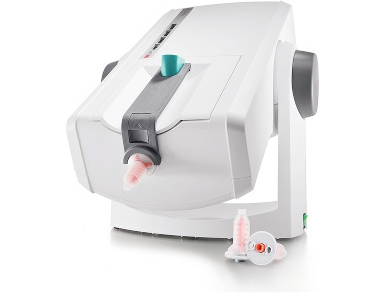
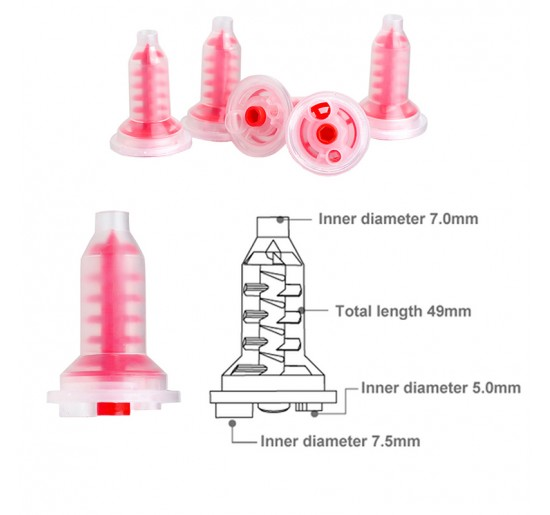
Mixing Tips:
To guarantee that the catalyst and base material are thoroughly and homogeneously mixed, coded mixing tips are employed. The coding just on the retention ring of the mixing tips minimizes cross-contamination by preventing erroneous fitment.
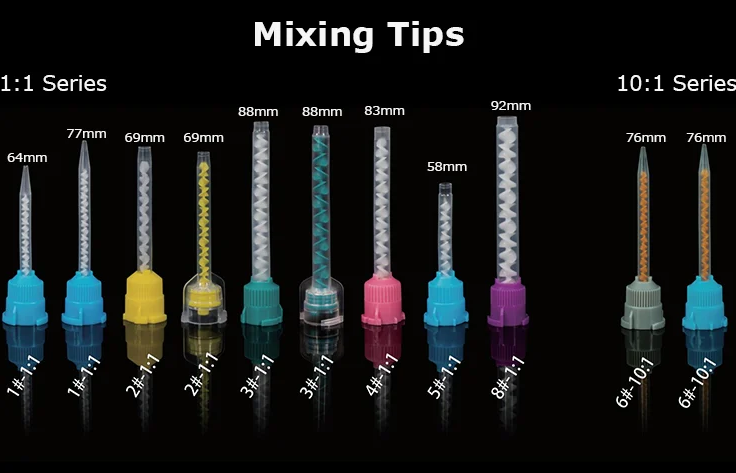
Flat bite registration tips:
The bite registration mixing tips are intraorally narrow tips that dispense a small amount of mixing material on the occlusal surface of teeth for the purpose of upper and lower teeth intercuspation. The tips are angulated, with a narrow end, and the color-coded band brings the differentiation between the other tips.
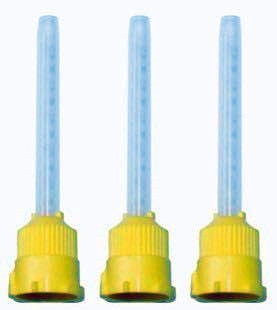
Curved and angled tips:
The curved tips can reach the posterior teeth and the area that has difficult access. They are the very precise instrument that dispenses the uniform and measured amount of mixing material.
Fine and extra-fine tips:
The fine and extra fine tips can be selected according to material and procedure. The impression silicone or putty is the most commonly used material for the impression of crowns and bridges. Alginate impression materials are conventionally used materials with low tearing stress.
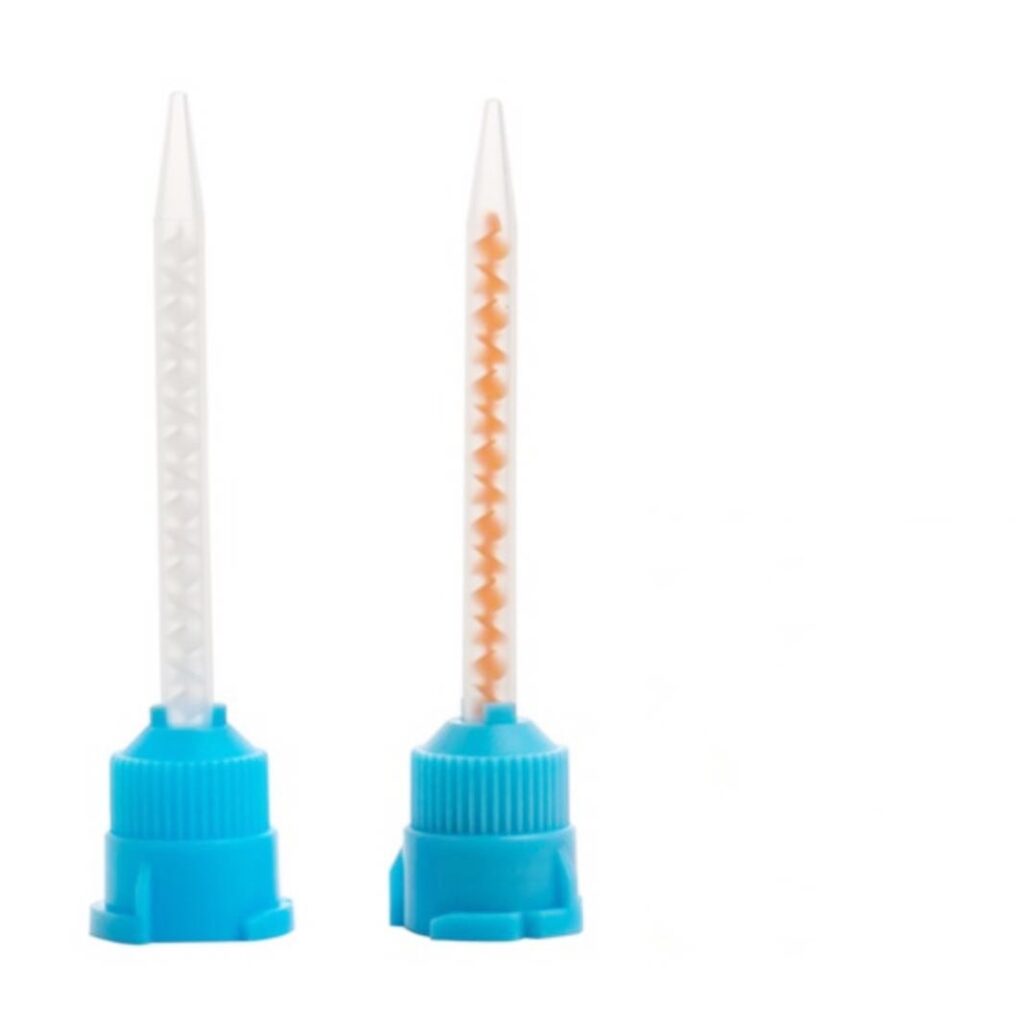
Benefits of Intraoral mixing tips:
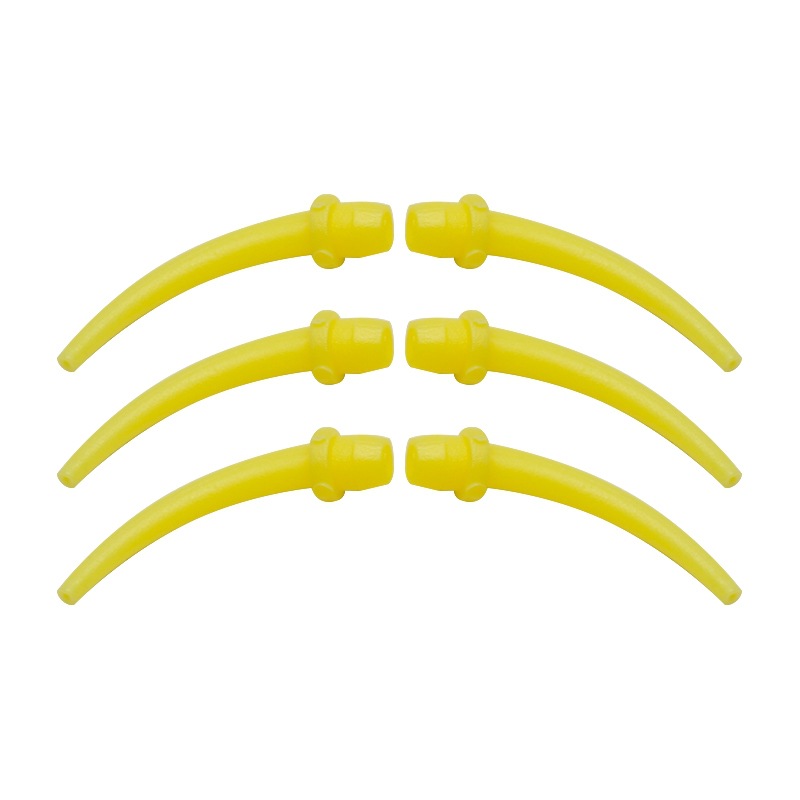
- Intraoral tips help the impression material to flow easily into the delicate margins of tooth preparations.
- Provide uniform mixing of impression material without loss of any residual material.
- Easy mixing and convenient manipulation of material.
- It’s a cost-effective procedure that doesn’t require any expensive mixing apparatus.
- T mixing tips save up to 30% of the material.
Choice of mixing technique depends upon the operator’s skills; procedure demands and equipment available. Mixing tips are time-saving and prevent the excessive loss of mixing material. These are available in different sizes and operators can select according to the patient physiological conditions and procedure requirements.
